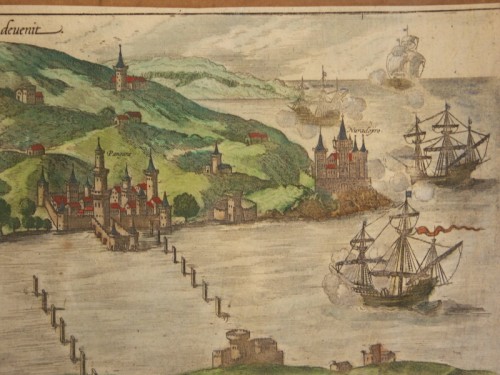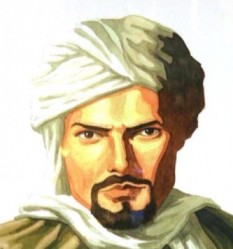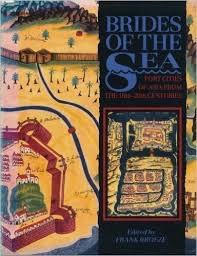Following the much celebrated voyage of Vasco da Gama to Calicut in the 1490s, the Portuguese were among the first Europeans to venture into Asian waters. Generally, the Portuguese approach was to secure agreements with existing rulers to establish trading settlements. This was with the aim of ensuring their ease of access to the lucrative trade in Asian goods. When negotiations failed, the Portuguese were prepared to use force and had the firepower to capture several ports.
The Estado da India (State of India) is the term the Portuguese used to refer to their ‘forts and ports’ scattered throughout Asia.(Formally this referred to their ports/settlements but informally they sometimes also used this term to refer to dominion over the waters of Asia).
Goa, Melaka, Macau are three of the best known examples of the Portuguese presence in the region. Goa was captured in 1510 and would become the ‘capital’ of the Estado da India. Many of these settlements remained reliant on provisions brought via the sea: they weren’t self sufficient. Here was a potential weakness for the Estadao da India.Early European ventures (in the Age of Discovery) were driven by the three Gs: GOD, GOLD and GLORY. It is worthwhile remembering that the Order of Christ was a major sponsor of Portuguese voyages. Numerous churches and a Christian populace often centred in former Portuguese settlements are current day reminders of the legacies of the Portuguese presence in Asia.
While the Portuguese predominance in Asia was soon challenged by the Dutch and later the British, Goa remained a Portuguese territory until 1961.
The following website, titled Colonial Voyages provides a wealth of information on the Portuguese presence in Asia and is worth a visit:
http://www.colonialvoyage.com/goa-capital-portuguese-india/


